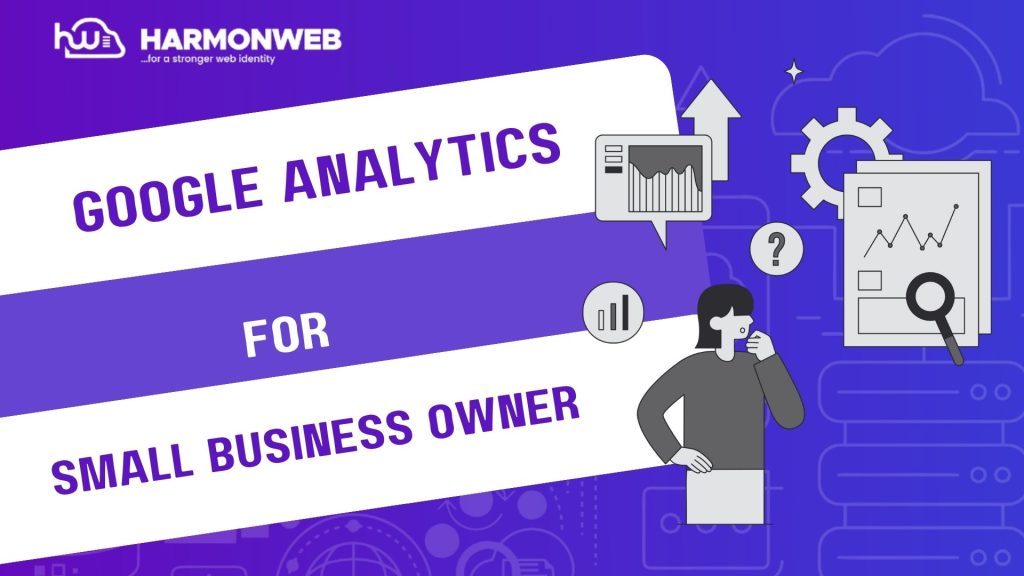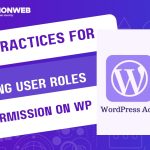If you own a small business in 2025, having an online presence isn’t enough— you need insight into how people find and interact with your business online. This is where Google Analytics comes in.
Google Analytics (GA) is one of the most powerful, free tools for tracking and analyzing website traffic. Yet, many small business owners don’t fully utilize it, missing out on valuable data that can shape marketing strategies, improve sales, and boost customer engagement.
In this guide, we will break down everything you need to know about Google Analytics as a small business owner—what it is, why it matters, and how to make it work for you.
Table of Contents
What is Google Analytics and Why You Should Leverage It For Business?
Google Analytics is a web analytics tool that helps you understand your website traffic—where visitors come from, what they do on your site, and how long they stay.
For small business owners, this data is crucial because:
• It reveals how effective your marketing campaigns are.
• It helps you identify which products or services attract the most attention.
• It uncovers bottlenecks in your sales funnel.
Note: Without analytics, you are at most guessing and this isn’t good enough if you desire a profitable business. With analytics, you can make data-driven decisions that lead to growth.
Setting Up Google Analytics for Your Small Business
Setting up GA is straightforward:
1. Create a Google Analytics account at Google analytics.
2. Add your website as a property.
3. Install the tracking code on your site (most WordPress users can use plugins like Site Kit by Google or MonsterInsights).
4. Verify that tracking is active by checking real-time data.
Tip: Use Google Tag Manager for easier integration of GA and other tracking tools.
Key Metrics Every Small Business Owner Should Track
As a small business owner, you don’t need to track everything—but you should focus on these:
• Traffic Sources: Know where your visitors are coming from (social media, search engines, email, etc.).
• Bounce Rate: High bounce rates may indicate poor user experience or irrelevant content.
• Conversion Rate: Track how many visitors are taking desired actions (purchases, form submissions, calls).
• Top Pages & Products: Identify what content or products are performing best.
• User Demographics: Learn about your audience’s location, age, and device usage.
Note: Understanding these metrics can help refine your content strategy, improve website design, and enhance customer targeting.
Using Google Analytics for Smarter Marketing
Google Analytics can transform your marketing strategy by:
• Measuring Campaign Success: Connect GA with Google Ads and social media campaigns to see which channels generate the best ROI.
• Identifying Customer Behaviour: Learn how users navigate your site to improve the buying journey.
• Segmenting Audiences: Target ads based on user behavior, interests, or location.
For example, if you find most sales come from mobile users, you can prioritize mobile-first marketing strategies.
Common Mistakes Small Business Owners Make with GA
1. Not setting up goals: Without goals (like sales or sign-ups), you can’t measure success.
2. Ignoring site search data: What customers search for on your site can reveal demand trends, you have to note that this in no way undermine your intelligence. Instead it helps you to maximize the output on your efforts.
3. Not using filters: Raw data can be messy. Use filters to exclude spam traffic and internal visits.
4. Failing to check reports regularly: Analytics only helps if you review and act on it consistently. You have to always remember that users behaviours are constantly evolving and doesn’t usually follow a linear path.
Conclusion
Google Analytics is more than just a tool, but a roadmap to growth for your small business. By tracking the right metrics, analyzing user behavior, and adjusting your strategies based on real data, you can make smarter decisions that directly impact your bottom line.
Don’t let the numbers intimidate you—start small by monitoring basic metrics like traffic sources and conversions, then build up as you grow comfortable. The sooner you start using analytics, the sooner you can refine your marketing, boost sales, and stay ahead of the competition.





